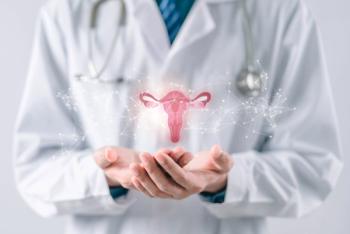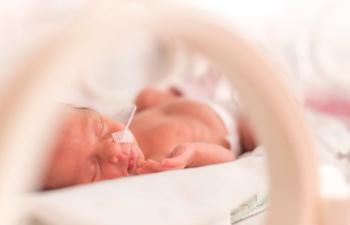
No benefit to taking ovaries during hysterectomy for benign disease
No clear health benefit exists for women of any age from removing both ovaries during a hysterectomy for benign reasons, according to a study in Obstetrics & Gynecology.
No clear health benefit exists for women of any age from removing both ovaries during a hysterectomy for benign reasons, according to a study in Obstetrics & Gynecology. In fact, women who have bilateral oophorectomies before age 55 and those who have the procedure before age 59 are both a little more likely to die by age 80 (8.58% and 3.92%, respectively.) The rate decreases to 1% by age 75.
Approximately half of all women receiving hysterectomies have their ovaries removed during the procedure, but 90% of the 600,000 hysterectomies performed annually in the United States are performed for noncancerous reasons, including fibroids, endometriosis, and uterine prolapse.
Many physicians have believed that prophylactic oophorectomy should be avoided in low-risk patients under the age of 40, routinely performed in women over age 55, and decided on an individual basis for women in between. Other physicians have used age 45 as the cutoff. Such practices stemmed from the notion that once through menopause, a woman's ovaries can cause nothing but trouble. But studies have found that postmenopausal ovaries are often hormonally active, providing protection against heart disease and osteoporosis.
An accompanying editorial in the same issue of the journal points out that the study is far from definitive and that the increase in mortality associated with oophorectomy derives almost exclusively from enhancement of CHD risk. But even without an increase in CHD risk, the study would still show that removing a woman's ovaries as part of a hysterectomy for benign disease does nothing to increase her life span, calling into question the wisdom of the procedure.
Parker WH, Broder MS, Liu Z, et al. Ovarian conservation at the time of hysterectomy for benign disease. Obstet Gynecol. 2005;106:219-226.
Olive DL. Dogma, skepsis, and the analytic method: The role of prophylactic oophorectomy at the time of hysterectomy. Obstet Gynecol. 2005;106:214-215.
Newsletter
Get the latest clinical updates, case studies, and expert commentary in obstetric and gynecologic care. Sign up now to stay informed.










